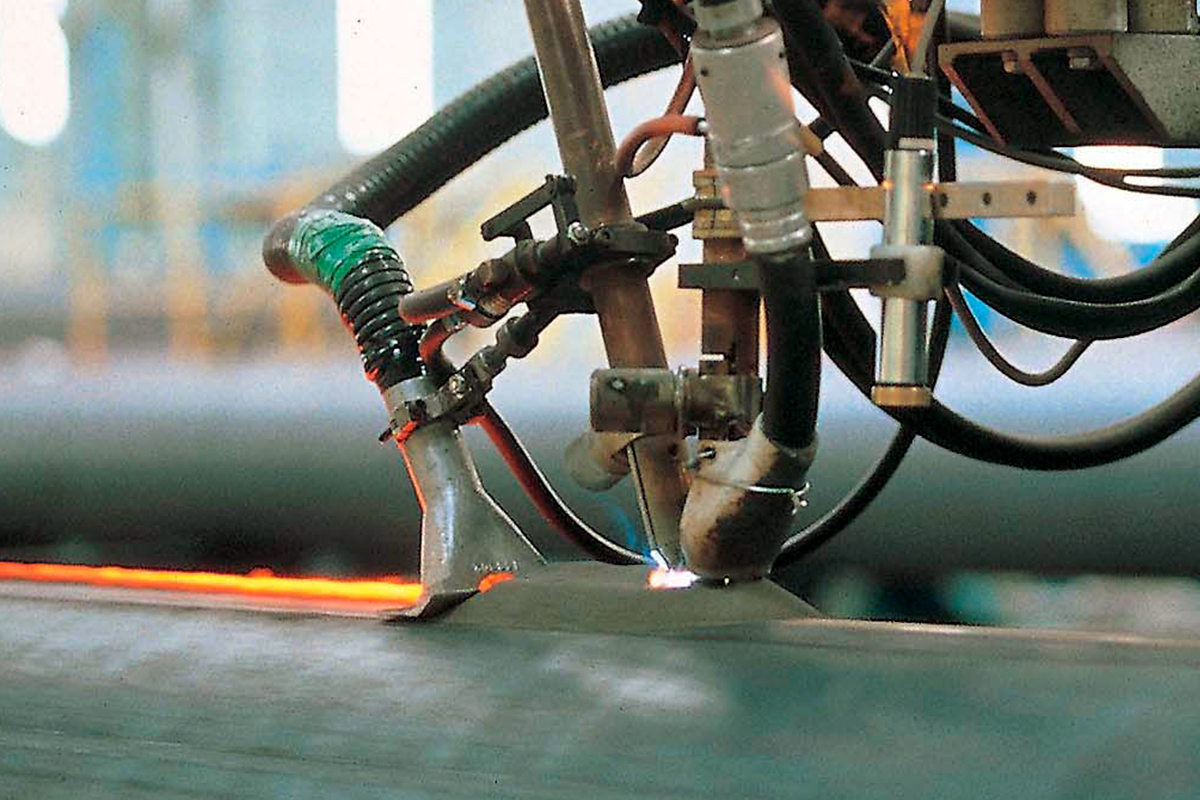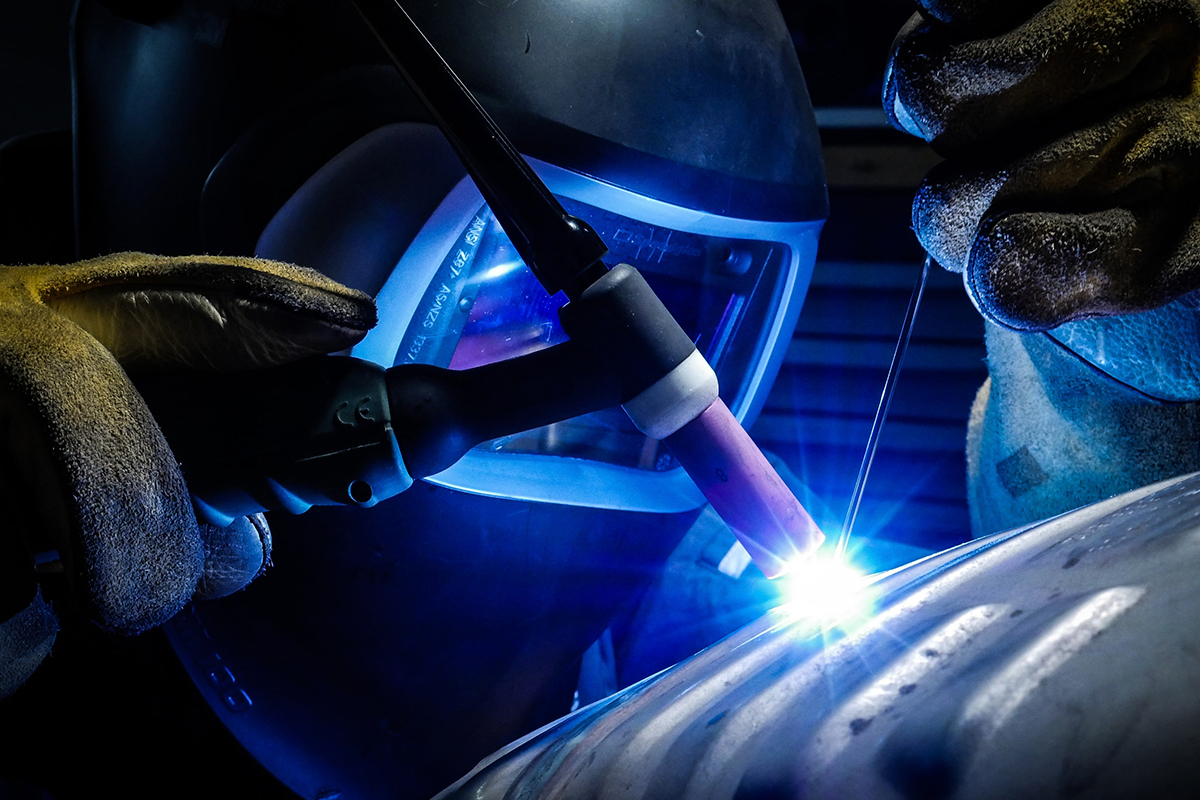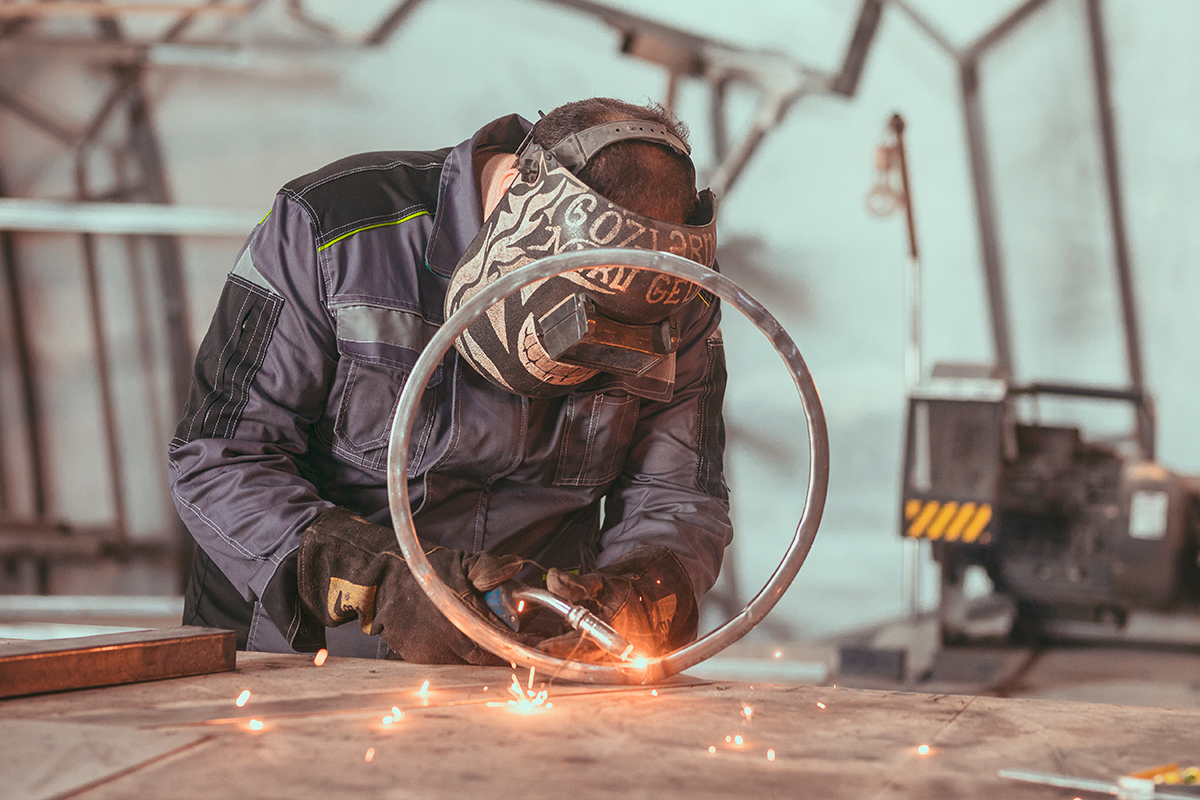An important advantage of welding is the strength of the seam and the ability to work with different metals.
Electric resistance arc welding
The most widespread are the electric resistance arc welding machines. An electric arc being a discharge between cathode and anode is used to heat and melt the metal. At the same time, high-power heating energy is released. Affecting the metal billet, the arc leads to its melting, followed by the formation of a molten weld pool. After the arc fades, the cooling and crystallization of the melt starts immediately. As a result, a compound is formed comparable in composition and strength to the welded metals. There are several types of electric resistance arc welding.
MMA – manual metal arc welding
It is used with stick electrodes in the form of metal rods with coating. The process takes place when exposed to direct or alternating current. With the correct selection of consumables, you can weld any metals: ferrous, non-ferrous, alloyed, etc. It's important to stress that the holders can get into hard-to-reach places where using another type of welding is impossible.
MAG – semi-automated arc welding
A wire is used as a shim stock, which, like an electrode, melts when exposed to high temperature. The wire enters the operating area through a burner, where an inert or active gas is supplied at the same time. The composition of the shielding gas depends on the type of metal being welded. It works only with direct electric current. Semi-automatic machines weld a wide range of metals: low-alloy and high-alloy steel, most cast iron brands; manganese, copper, aluminum, nickel, as well as their alloys.

Submerged welding
When welding metal billets, different flux powders are used. They are necessary in order to provide the operating area with a shielding gas released during the melting process.
Gas plasma welding
In this case, the metal of the billets melts when exposed to the temperature of a free flame. It is formed as a result of oxygen combustion with combustible gases – hydrogen, propane, butane, acetylene and others.

Electro-slag welding
The edges of the parts are melted by heating the slag from the flux melted when exposed to electricity, poured previously between the welded components. The technology is in demand for cast iron parts, less often to weld non-ferrous metals.
Plasma arc welding
The plasma jet generated in the plasma generator or between the surface of the billets and the electrode melts and connects the edges. It is in demand for both small and thin-walled components of electrical structures, and large-size blocks for heavy industry. Plasma affects all types of metals without exception.
